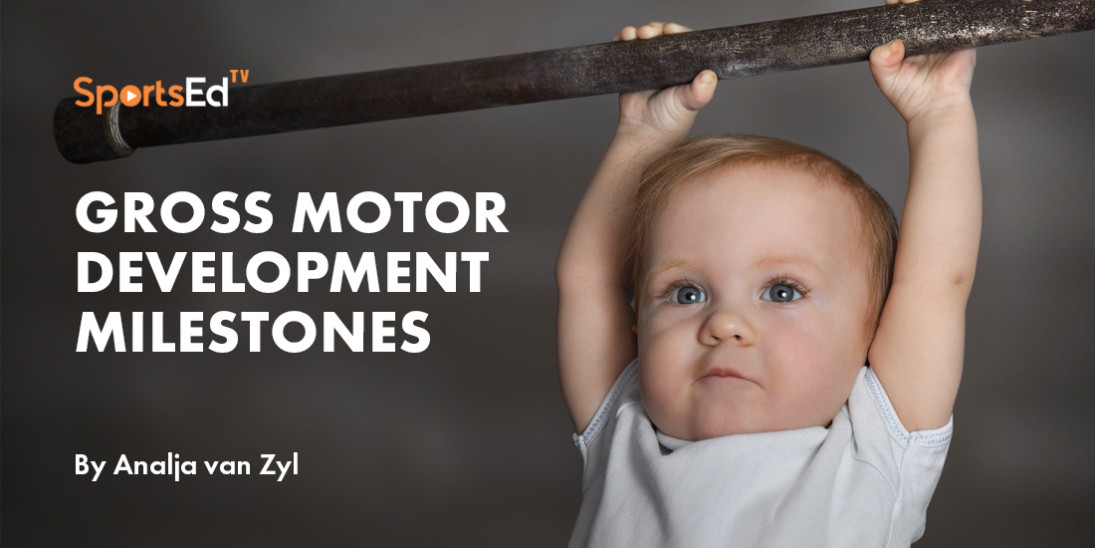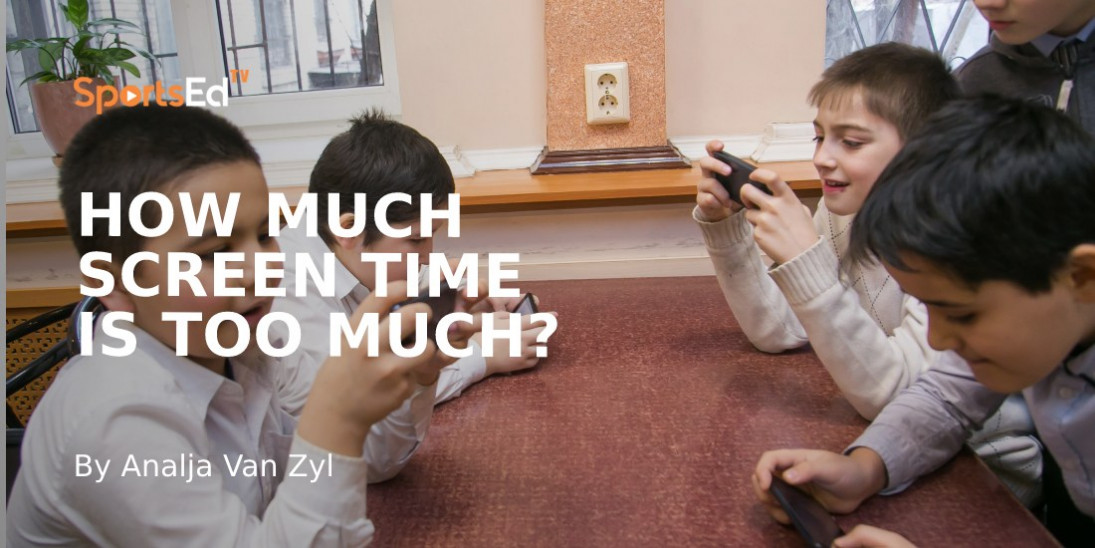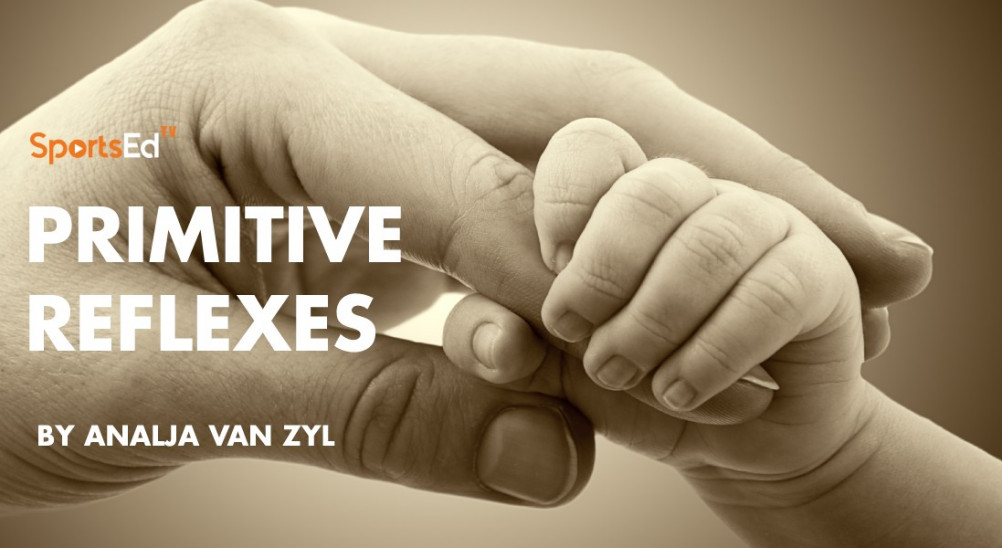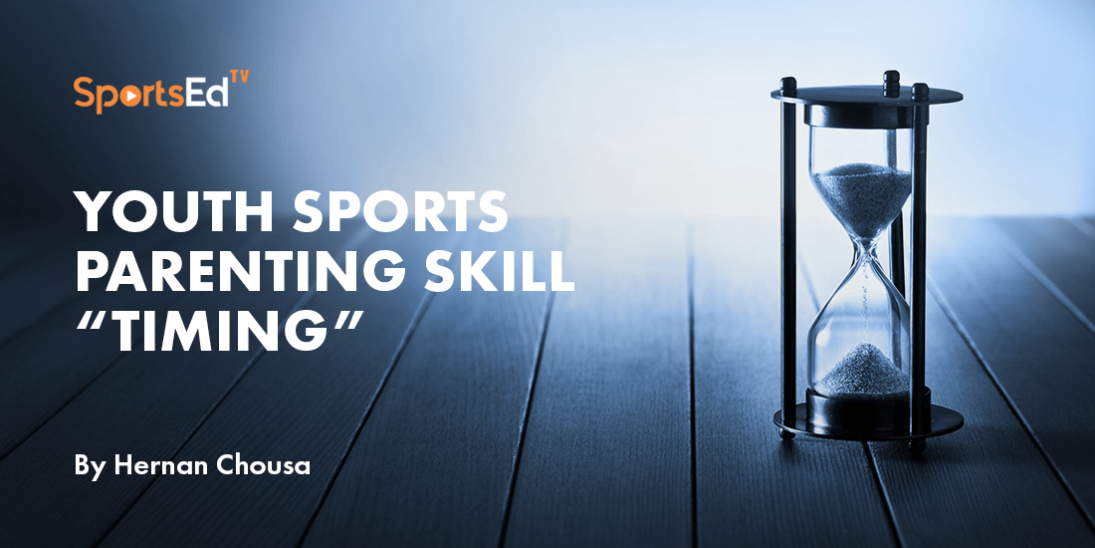Health, Physical Education
Welcome and thanks for visiting...

The Development of Gross Motor Skills
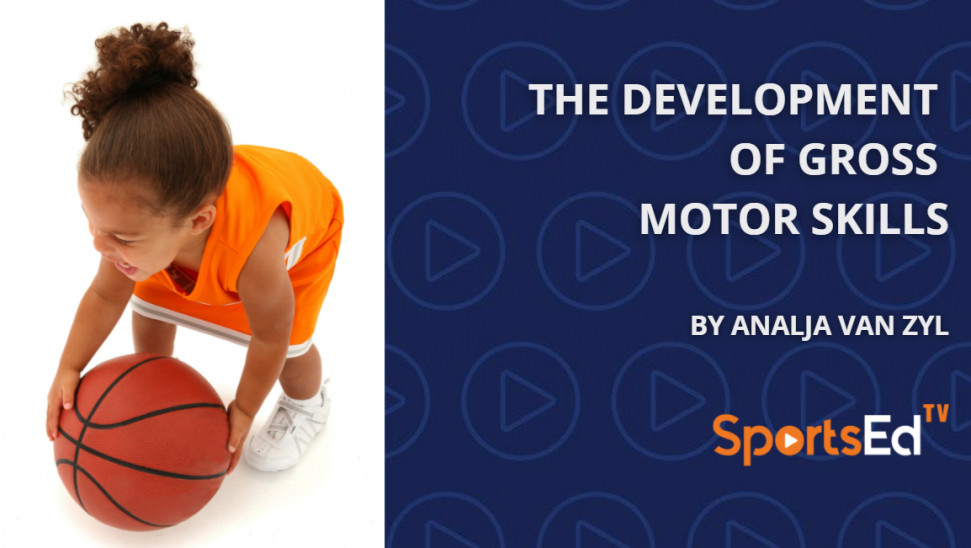
Acquisition of competence in motor activities is an important developmental task of childhood. All children, except for those individuals with severe disabilities, have the potential to develop and learn a variety of fundamental movement patterns, and later more specialized motor skills, and it is important for caregivers to take note of these developmental skills, as well as the importance of achieving them. This article will provide a broad overview about what you need to know about the development of gross motor skills. It also serves as a foundation for in-depth discussions about the topic that will be elaborated on in following articles.
To clarify terminology, one needs to start by distinguishing between motor development, gross motor development/skills and fine motor development/skills. Motor development is also often broadly divided into two sections consisting out of Gross Motor Skills and Fine Motor Skills. Gross Motor Skills entails the development of large musculature, whereas Fine Motor Skills involves smaller musculature such as those in one’s hands, and fingers. To sketch a quick picture of how the different terminology fits into each other, one can say that from a physical education point of view, mainly focusing on Motor Development and Gross Motor Development (GMD), Motor Development can be seen as “the roof of the house” and GMD can be seen as one aspect of the “the house”.
So, what is motor development exactly?
Motor development is the process through which a child acquires movement patterns and skills. It is a continuous process of modification that involves the interaction of the following contributing factors:
- Neuromuscular maturation,
- Each child’s physical growth and development,
- Behavioral characteristics of the child,
- The residual effects of prior movement experiences,
- New motor experiences.
In addition, a child’s environmental experiences have a direct link towards the child’s growth and maturation to influence motor development and proficiency.
Let’s talk about Gross Motor Development (GMD)…
The onset of GMS occurs as early as 8-9 weeks in- utero, where movements of the arms and legs structures can be detected. The more notable motor responses of a newborn infant, take place in form of reflexes and reactions that are either present at birth or appear during infancy. Thereafter, during the first two years of life, the development of voluntary control of movement begins. This occurs when a child gradually attains postural-, locomotor- (the ability to move one’s body from one location to another) and prehensile (finer hand movement) control. The term developmental milestone is often used to describe the acquisition of both control and coordination of specific voluntary movements during infancy and childhood.
The most notable motor development task occurs during the first two years of life, namely independent walking. It is also possibly the most important human behavior. Once walking is refined, control movements improves so that a considerable amount of independent locomotion and increasingly experimentation occurs in a variety of contexts, which include:
- Home life
- Outside play area
- Play school environment.
Developmental sequences for a variety of fundamental movements are as follow:
- Locomotor:
- Walking
- Running
- Jumping
- Hopping
- Galloping and
- Skipping
- Projection (Non-Locomotor):
- Throwing
- Kicking
- Striking
- Reception (Non- Locomotor)
- Catching
The stages of these developmental milestones require close attention, as each fundamental movement has various stages of development within the particular milestone. In addition, the motor development process is a “plastic process”, which means that each child should be treated independently, according to their characteristics and environment. One thing to always remember when working with children, is that they are far too dynamic beings, and in many ways choose how they wish to interact with a specific environment, even when they are presented with specific environmental opportunities or stimulations. This overview contains a variety of topics that is important for caregivers to have knowledge of and will be elaborated on and discussed in following articles.
